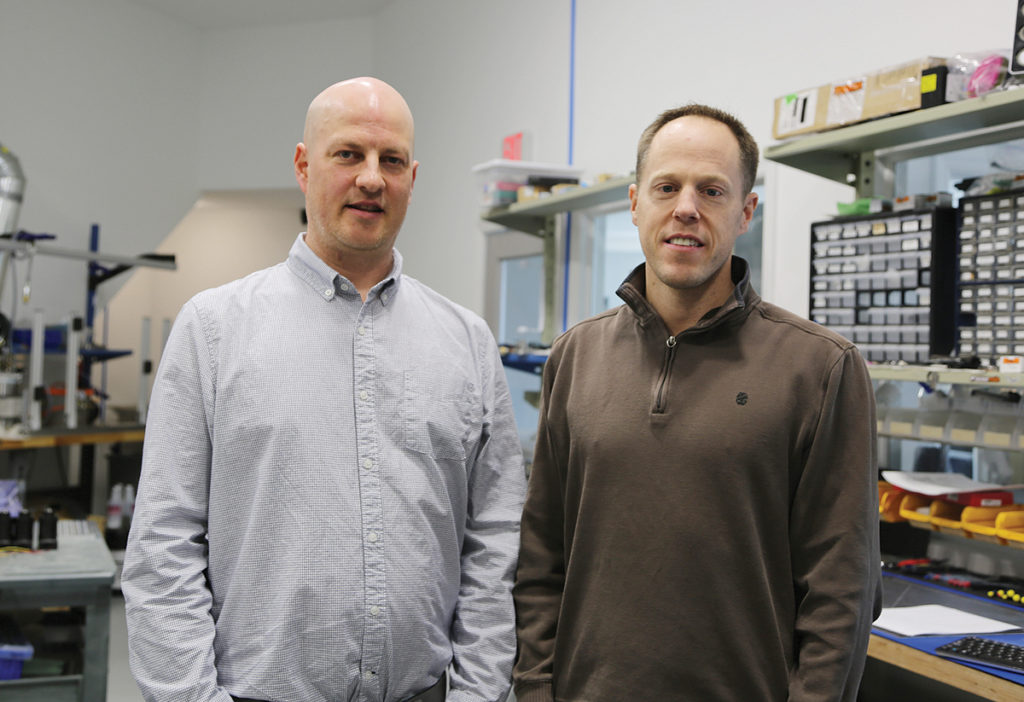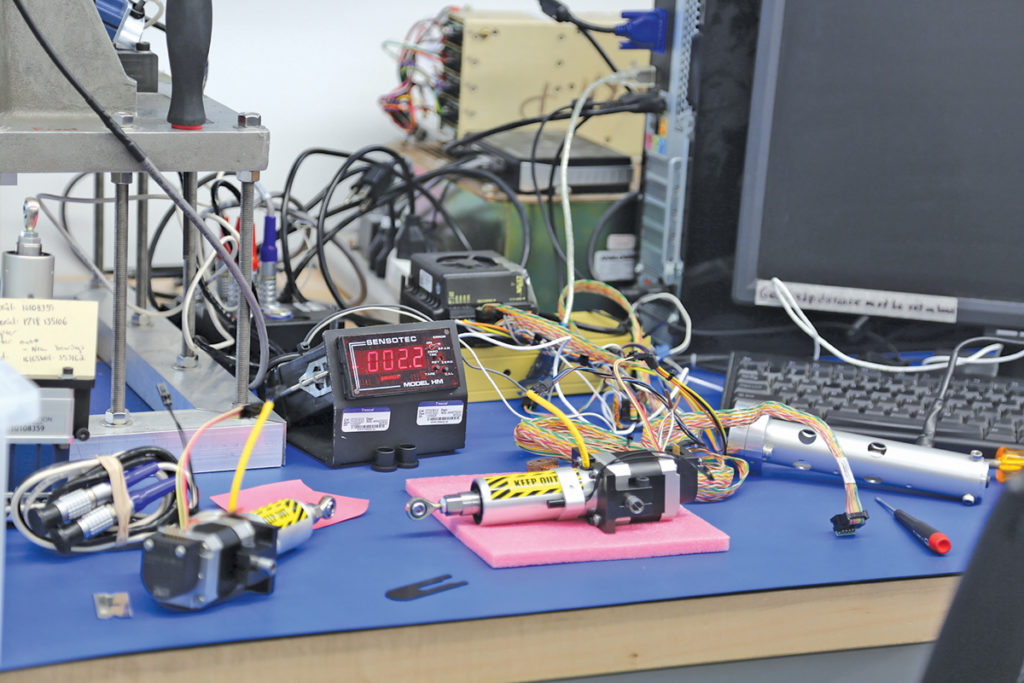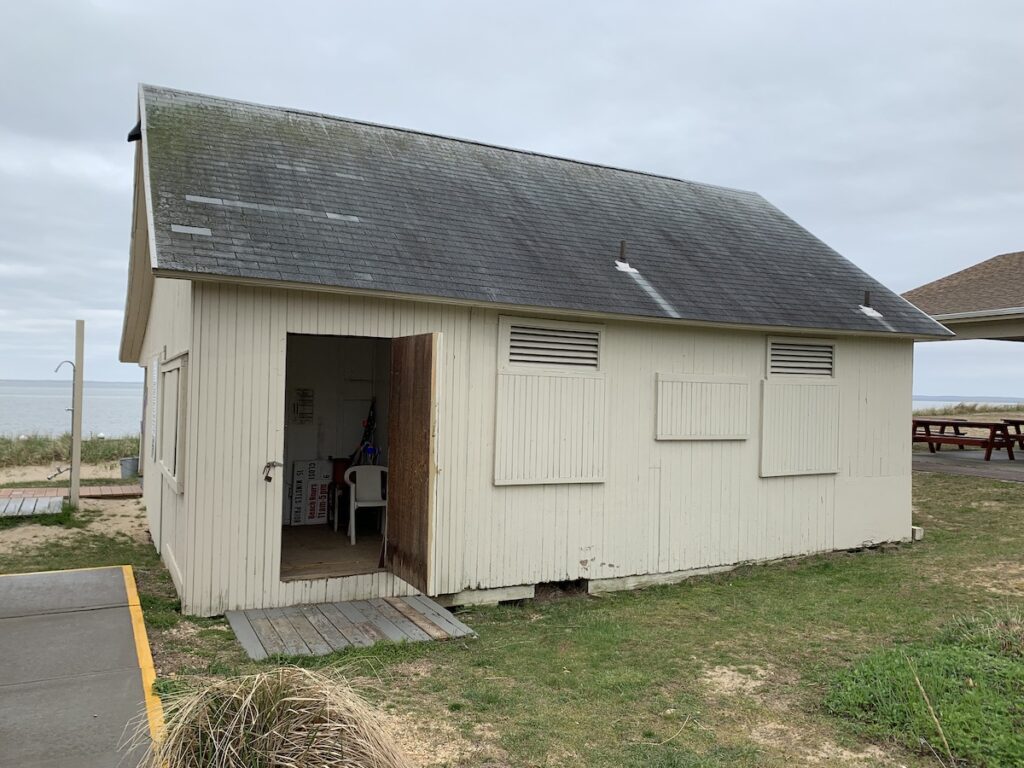Cutchogue company’s actuators help during launch of SpaceX flight

At the Kennedy Space Center in Florida last month, a private company with ambitious plans to revolutionize space technology successfully completed a key milestone toward sending astronauts into space.
SpaceX, which was founded in 2002, teamed up with NASA under its Commercial Crew Program to develop a spacecraft capable of low-Earth orbit and transferring crew safely to and from the International Space Station. SpaceX plans to usher in an era of commercial space travel with “the ultimate goal of enabling people to live on other planets.”
First, the company needed to complete a test known as an in-flight abort test of its Crew Dragon spacecraft from the Falcon 9 rocket. It represented the final step before a manned flight.
As the launch began, a group of engineers in Cutchogue watched live — with bated breath — to see years of their hard work come to life.
The engineers make up Ultra Motion, a small company helmed by Mattituck native Sean Rodger that is helping to propel the modern space race. At their Cutchogue facility, located at the corner of Cox Lane and Route 48, they manufacture actuators used in an array of industries including aerospace, robotics, military, medical and national labs.
“It was a test of the system that [our product] is used in,” Mr. Rodger said from their company headquarters Monday. “We’ve been waiting for this for years, so it was a big deal for us to watch it.”

The Ultra Motion product used in the SpaceX craft is a “critical part” of the Crew Dragon’s launch escape system and is a “more robust, super tough” version of their actuator, Mr. Rodger explained. The custom-made actuators use Ultra Motion’s patented “Phase Index” position sensor and are designed to withstand extremely harsh conditions, he said.
In their production facility Monday, an engineer worked gingerly on at least five more actuators that will be sent to SpaceX. Each one takes approximately 24 hours of hands-on labor to assemble.
The Jan. 19 unmanned mission tested the spacecraft’s ability to separate from a failing rocket mid-flight. According to NASA, engine-shutdown conditions activated eight SuperDraco engines to carry the Crew Dragon away from the Falcon 9, which disintegrated as the Crew Dragon continued its upward climb, reaching apogee — its highest point — then deployed parachutes to stabilize the vessel as it landed in the ocean.
“We were pretty nervous, but it turned out perfectly,” Mr. Rodger said Monday.
The crucial test demonstrated the functionality of the Crew Dragon’s launch escape system used to separate the crew capsule from the main rocket in the event of a catastrophe.
As SpaceX CEO Elon Musk put it during a post-launch media briefing, it was a “picture perfect” test. “It went as well as we could possibly expect,” he said during the briefing. “I’m super fired up right now.”

With the in-flight abort test successfully completed, the next launch will see two astronauts travel aboard the Crew Dragon to the International Space Station for the first time. That test, called DM-2, could now blast off as early as April. Last March, SpaceX successfully docked the spacecraft with the ISS. It safely splashed down to Earth five days later.
The last time astronauts launched from the United States was in 2011, when NASA’s space shuttle went into retirement. Since then, manned missions have been completed primarily by Russian and Chinese programs.
Working with SpaceX is a dream come true for Mr. Rodger, whose office is embellished with space- and science fiction-themed posters and a flight patch from a 2015 SpaceX test.
Mr. Rodger, who lives in Greenport, attended the University of Rochester and worked as a software engineer and programmer before purchasing Ultra Motion from his father, Erwin, in 2004. His father, a former engineer at Brookhaven National Laboratory in Upton, founded the company in 1994. The company currently employs nine people.
Mr. Rodger said he’s inspired by the innovation happening across the aerospace industry.
“You always hear about Silicon Valley companies with these big ideas and people think ‘Oh, it’s another Silicon Valley flash in the pan,’ ” he said. “But then [Elon Musk] actually did it. They’ve accomplished things that nobody even thought was possible and now, they’re unstoppable. We’re just happy to be a part of that in our little way.”








